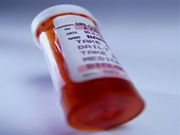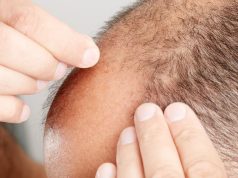From 2008 to 2012, drop in proportion of younger women, increase in women aged ≥65 years
THURSDAY, Feb. 9, 2017 (HealthDay News) — In response to revised osteoporosis recommendations in 2008, there was a shift in age-related trends in oral bisphosphonate (BP) therapy initiation, according to a study published online Feb. 2 in the Journal of the American Geriatrics Society.
David R. Lee, M.D., M.B.A., from Kaiser Permanente Oakland in California, and colleagues conducted a retrospective study involving Kaiser Permanente Northern California female members aged ≥45 years who initiated BP therapy between 2004 and 2012. The cohort was stratified by early (2004 to 2007) and later (2009 to 2012) eras, with revised osteoporosis recommendations introduced in 2008.
The researchers found that 31 percent of the 72,026 women who initiated oral BP received a fracture diagnosis within the previous five years. Two distinct time trends were observed in initiation of oral BP: The proportions of women aged under 65 (34 to 37 percent) and aged 65 years and older (63 to 66 percent) were stable from 2004 to 2007; from 2008 to 2012, there was a decrease in the proportion of younger women (31 to 17 percent) and an increase in the proportion of older women (69 to 83 percent). These trends were similar among those with and without prior fracture.
“In summary, within Kaiser Permanente Northern California, we observed a substantial shift in BP treatment initiation that reflected changing practice in response to national guidelines and quality metrics,” the authors write.
Several authors disclosed financial ties to the pharmaceutical industry; one author received payment for serving as an expert witness in litigation involving Fosamax.
Full Text (subscription or payment may be required)
Copyright © 2017 HealthDay. All rights reserved.








